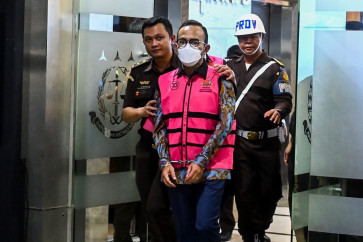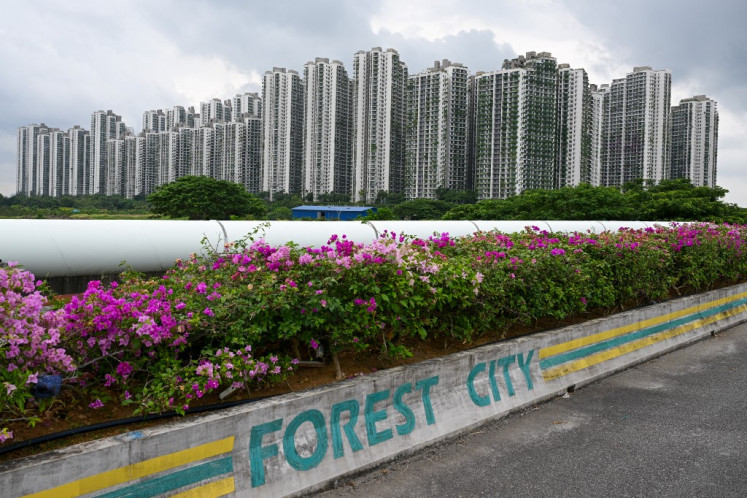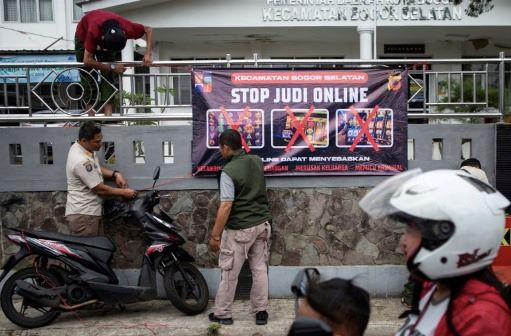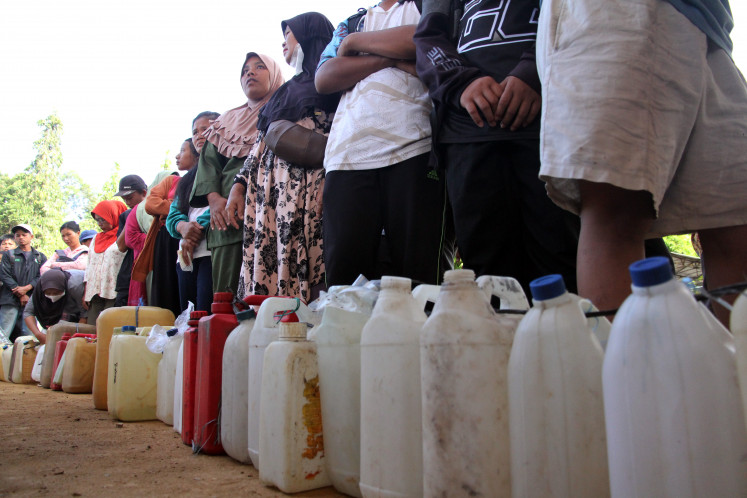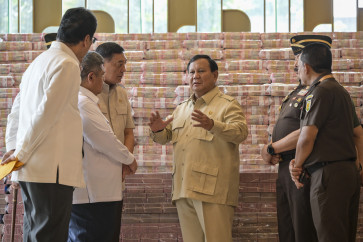Popular Reads
Top Results
Can't find what you're looking for?
View all search resultsPopular Reads
Top Results
Can't find what you're looking for?
View all search resultsShow me the money, wisely
Asset recovery must be part of a comprehensive fiscal strategy, not a photo opportunity.
Change text size
Gift Premium Articles
to Anyone
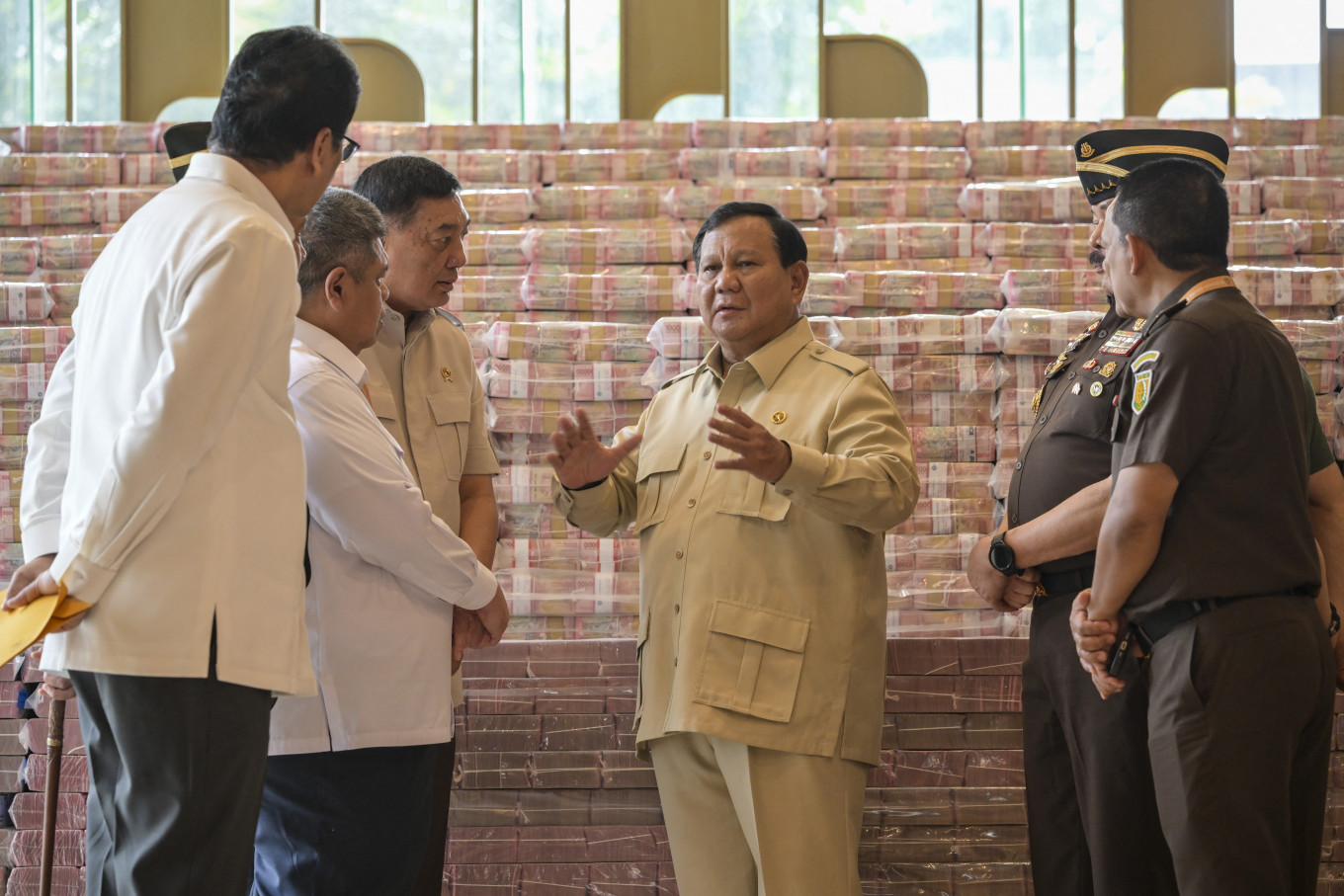 President Prabowo Subianto (‘center') speaks to his cabinet members, including Attorney General Sanitiar Burhanuddin ('second right'), Defense Minister Sjafrie Sjamsoeddin ('third left') and Finance Minister Purbaya Yudhi Sadewa (‘left'), at the Attorney General’s Office in Jakarta on Monday, October 20, in front of stacks of rupiah banknotes worth US$780 million. The pile of cash was shown to journalists during the handover of assets recovered from a corruption case involving the provision of crude palm oil export facilities. (AFP /Bay Ismoyo)
President Prabowo Subianto (‘center') speaks to his cabinet members, including Attorney General Sanitiar Burhanuddin ('second right'), Defense Minister Sjafrie Sjamsoeddin ('third left') and Finance Minister Purbaya Yudhi Sadewa (‘left'), at the Attorney General’s Office in Jakarta on Monday, October 20, in front of stacks of rupiah banknotes worth US$780 million. The pile of cash was shown to journalists during the handover of assets recovered from a corruption case involving the provision of crude palm oil export facilities. (AFP /Bay Ismoyo)
T
he sight of Rp 13 trillion (US$780 million) stacked high inside the Attorney General’s Office on Monday might have been meant to inspire confidence. It was, after all, the largest-ever seizure of corruption assets in Indonesia’s history, and marking one year of the Prabowo Subianto administration.
The President was quick to call the recovery proof that his promise to “plug the leakage of national wealth” is being realized.
The display served its purpose: a dramatic visual of a state reclaiming what had been stolen. Yet as satisfying as the optics may be, the government must be careful not to treat asset recovery as a substitute for sound fiscal management.
If the government starts to rely on asset seizures to fund its programs, it risks distorting the principles of budget discipline and transparency that are central to long-term development.
The Rp 13 trillion, confiscated from three palm oil firms found guilty of corruption, will partly be channeled into the Endowment Fund for Education (LPDP), a state-managed scholarship program that has been refocused on science and technology. At face value, this is a commendable choice: investing in human capital is one of the most productive uses of recovered assets.
Yet it also raises uncomfortable questions about sustainability. Seized wealth is a windfall, not a revenue stream. Depending on it to fund flagship programs could create a dangerous illusion of fiscal space.
That illusion is especially troubling when viewed against Indonesia’s weakening revenue performance. The country’s tax-to-GDP ratio has slipped to just 8.4 percent in the first half of 2025, one of the lowest in the region.




